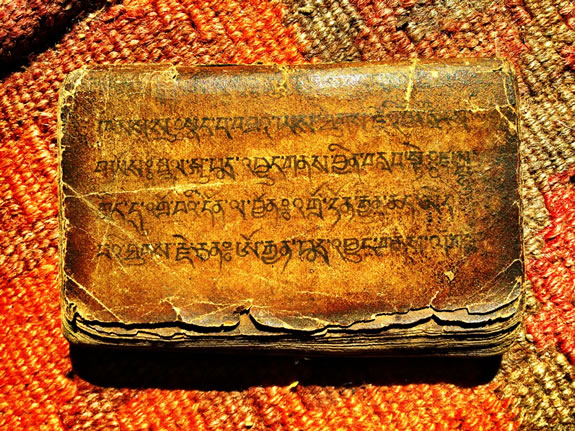
The Talismanic Alphabet,
Mystical Calligraphy.
It’s been said that the roots of the alphabet aren’t a scientific and archaeologically sequenced discovery, but rather a revelation, something from the magic of meaning, the scribing of the psychic underlayment to mind. Where the quest for meaning in communication has led to a series of illustrative scratches, that held their own meaning, that led to further iterations. The Greeks, the Phoenicians, the Sumerians and the Mesopotamians, all Semitic cultures, the civilizations of the Indus Valley,
the hieroglyphics [“sacred carvings] of Egyptians, the
misted origins of Chinese systems of ideographs, and
the legacy of the Himalayan writing systems.
Gematria — numbers and alphabet mysticism.
Greek alpha/numerological mysticism
The Abjad.
Thai.
Japan.
Goes on.
And on.
In these foundations, which are almost too numerous to reference — given their commonality, there is a translation of theme — the alphabet with its roots in magic, stays in magic. That is that each stroke, each point of nexus, each structure holds a world, holds a portal into another way of seeing things.
Interestingly, this means, too, that the alphabet has a kind of power — that as a translator of story or legend. Belief in those principles, again, espouses attachment to the theory. If a person, in a culture, believes in that power — perhaps like the reader might believe in a horseshoe, a clover, a lucky card or anything else that holds that meaning — one believes.
Belief is magnetic to the power of action.
Firm belief actualizes the legendary.
Since my beginnings, I’ve studied these references.
In my history, the idea of art and mysticism has been closely intertwined with my approaches to the meaning of the work. That is where soul lies in the deeper quest for meaning.
Traveling in Mongolia, I met wanderers carrying reliquary books — these books were used for prayer, yet too, a kind of protective talisman. These were wrapped and carried on horseback — sheathed in silk and bound in colored threads:
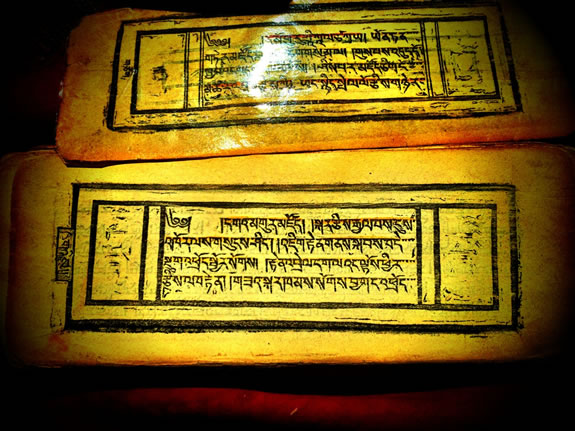
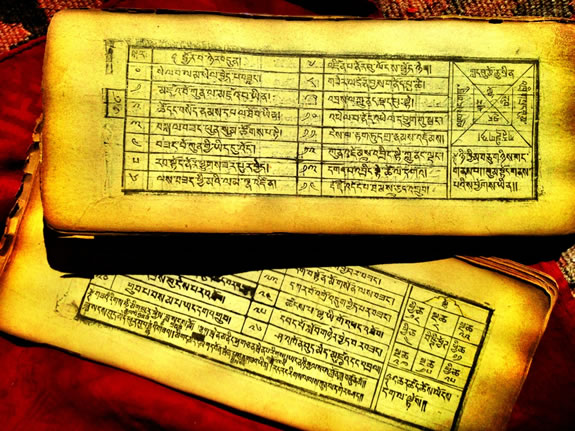
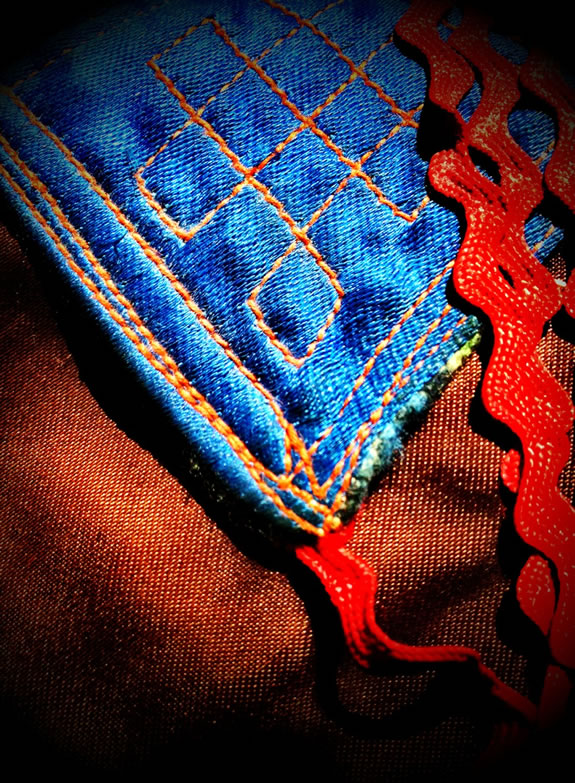
In Tibet, books — and the woodblocks that make them — hold a similar portal value,
found in journeys there:
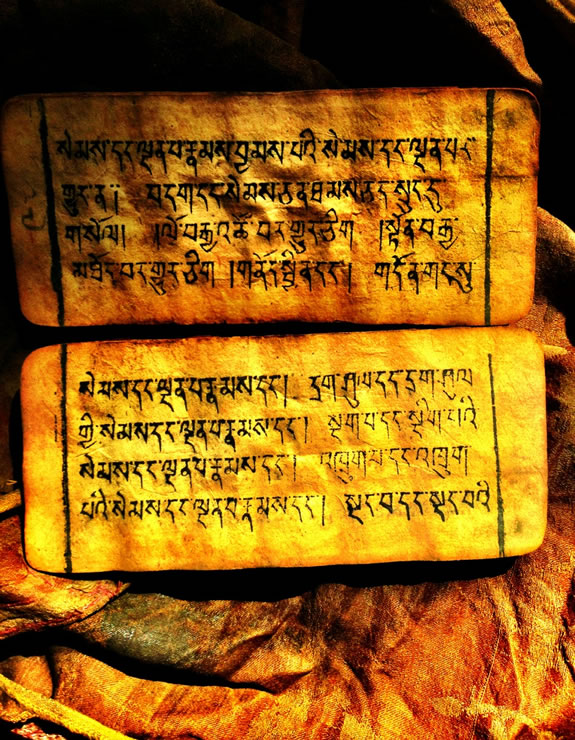
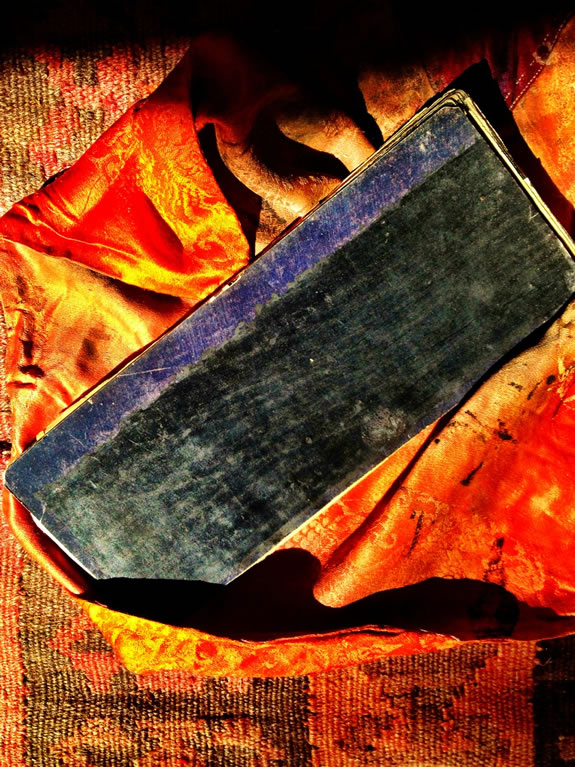
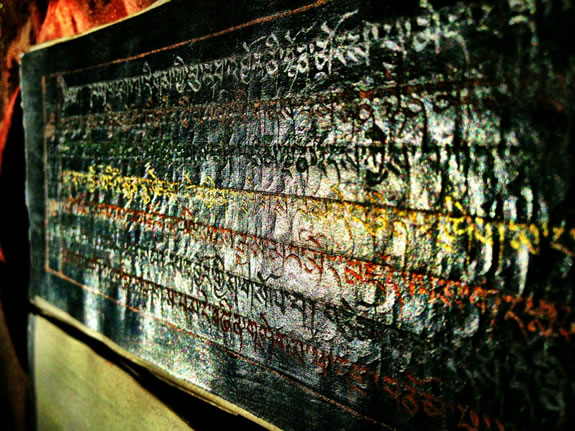
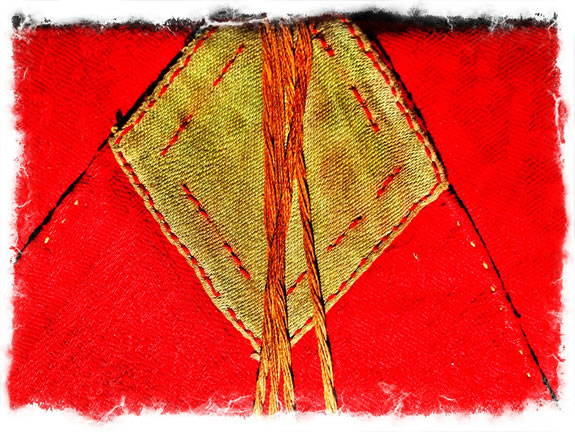
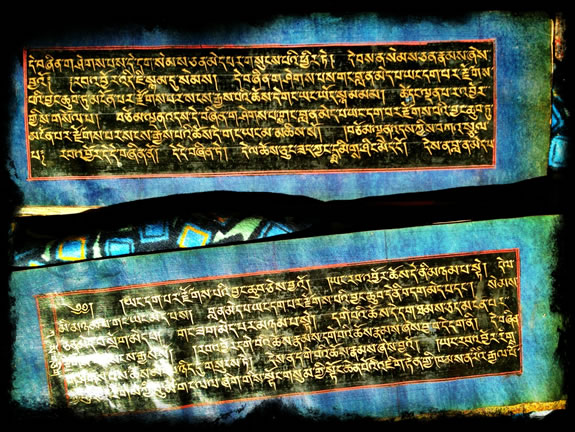
In North Africa, as well as in sub-Saharan regions, in travels there, the Arabic script, in rolls and books, necklaces of writing, sheathed in leather are worn as protection.
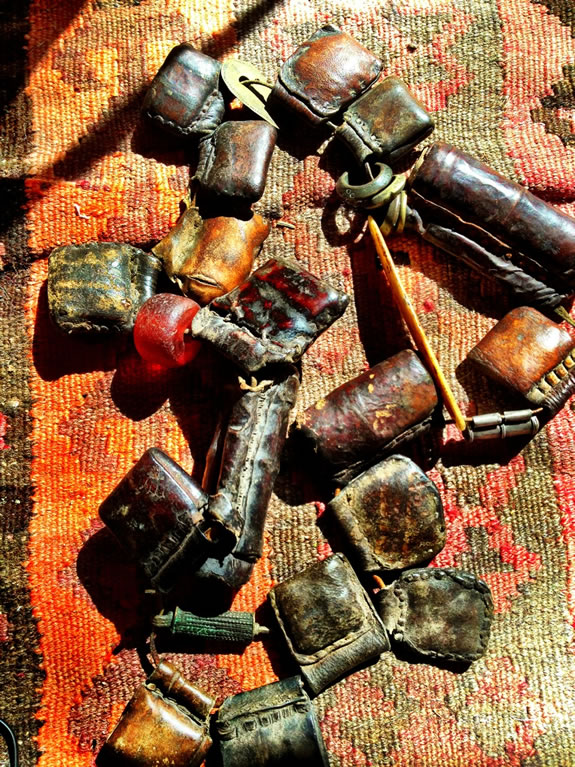
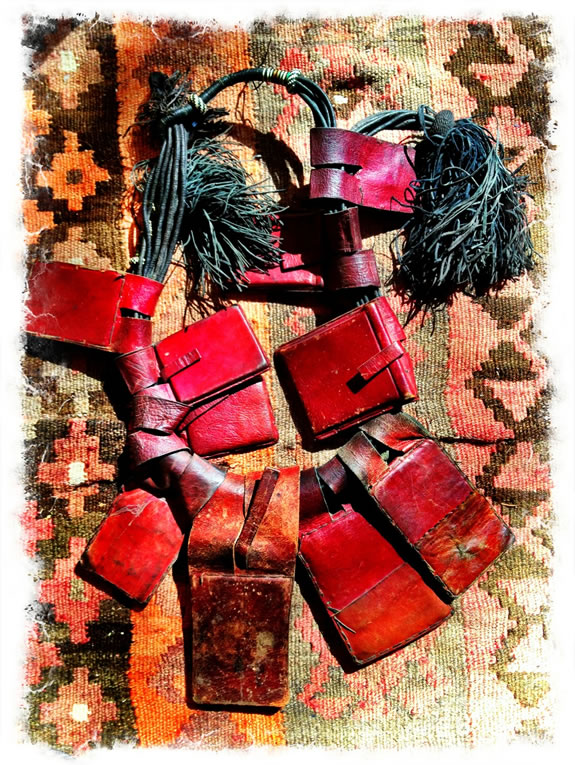
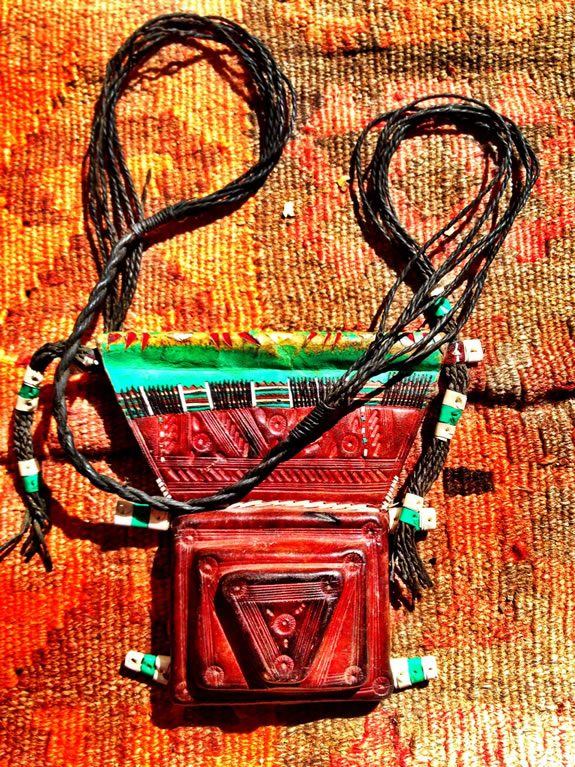
It’s what you believe in.
As a designer,
looking at the meaning of the work,
what are you really doing,
what do you believe in?
TIM | The Atlas Mountains | Morocco
…..
G I R V I N | THE SOUL OF DESIGN + MEANING
INNOVATION WORKSHOPS
CREATING STRATEGIES, PRODUCTS,
IDEAS FOR CHANGE.
http://bit.ly/vfzyEU